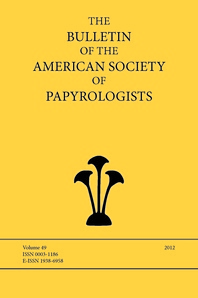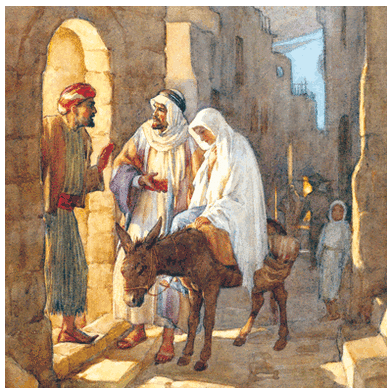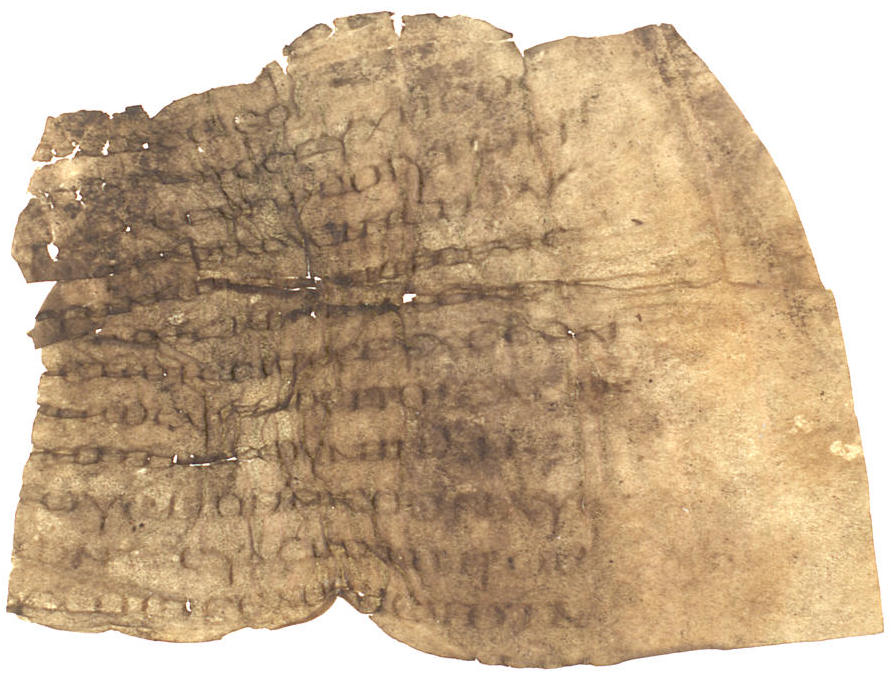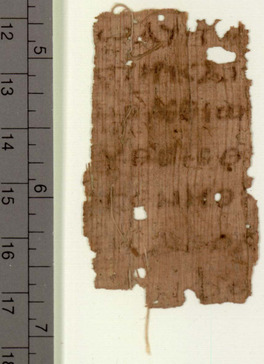
After a very long delay, the Bulletin of the American Society of Papyrologists 49 (2012) has finally been published. The lineup of articles is excellent. Gregg Schwendner has posted the contents on his site here. I myself have a "papyrological note" on P.Mich. inv. 3521 published in this issue, which I submitted to BASP back in 2009! I have uploaded a copy of that in the publications section of this site. I was also excited to see that my edition of McGill MS No 2 (a Coptic palimpsest fragment of 2 Samuel 10) published in ZPE 184 was cited in two different articles dealing with the collection of Erik von Scherling (Alin Suciu and Klaas A. Worp and Renate Dekker). I have been privileged to have read these two articles already, thanks to the authors' making their papers available to me. Here is the announcement about the publication from the fine editor of BASP, Peter van Minnen, which was circulated earlier today:
Dear colleagues,
BASP 49 (2012) has finally arrived. See the table of contents below. BASP 50 (2013) is on its way and is expected to arrive early next year. BASP 51 (2014) is filling up, but more contributions in a "congress language" (English, French, German, and Italian) can still be accommodated.
Thanks in part to the technical support made possible by the Semple Fund of the University of Cincinnati, BASP is the cheapest papyrological journal around, made available to members of the American Society of Papyrologists for an annual contribution of $35 ($20 for student members) and to institutions for an annual subscription of $50. Check out http://papyrology.org/index.php/membership
BASP has a new reviews editor: Arthur Verhoogt (Department of Classical Studies, University of Michigan, 2160 Angell Hall, 435 S. State Street, Ann Arbor, MI 48109-1003, USA). Copies of books for review can be sent to him from now on.
Peter van Minnen
Dear colleagues,
BASP 49 (2012) has finally arrived. See the table of contents below. BASP 50 (2013) is on its way and is expected to arrive early next year. BASP 51 (2014) is filling up, but more contributions in a "congress language" (English, French, German, and Italian) can still be accommodated.
Thanks in part to the technical support made possible by the Semple Fund of the University of Cincinnati, BASP is the cheapest papyrological journal around, made available to members of the American Society of Papyrologists for an annual contribution of $35 ($20 for student members) and to institutions for an annual subscription of $50. Check out http://papyrology.org/index.php/membership
BASP has a new reviews editor: Arthur Verhoogt (Department of Classical Studies, University of Michigan, 2160 Angell Hall, 435 S. State Street, Ann Arbor, MI 48109-1003, USA). Copies of books for review can be sent to him from now on.
Peter van Minnen



